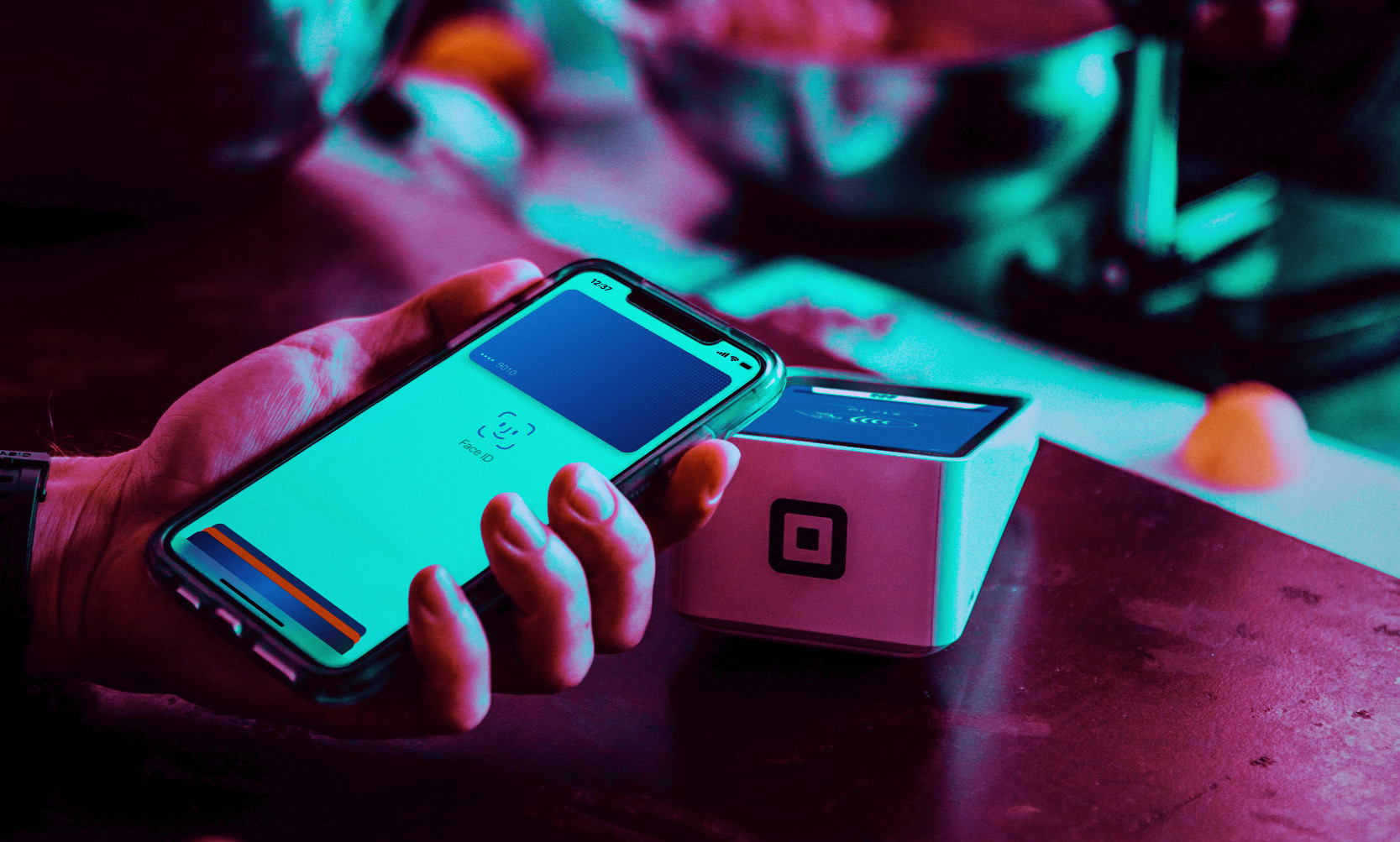The key to building wealth is putting your dollar to work while you sleep. We achieve this by purchasing land, developing that land, and watching the value of that land rise. We achieve this by purchasing shares in a company and getting a small taste of the profits they earn. The routes to wealth are through investments.
Surprisingly, though, not many people can afford to purchase a multi-million-dollar apartment complex… let alone purchasing the roof over their head. Even further down the line, many aren’t able to gather enough money each month to invest in one share of a company.
That’s where the high hopes of democratization come into play.
A company like Otis gives anyone with at least $25 the ability to invest in contemporary art, rare sneakers, and fine collectibles.
Then there’s Nico, the neighborhood investment company, that gives local residents and community members the ability to buy fractional equity in local real estate.
The name of the game is fractional ownership.
Most notably, fractional ownership has made its way over to the stock market. The fact that a 12-year-old kid or 25-year-old cook can invest $1 into Berkshire Hathaway through Cash App right now is incredible! I don’t think that enough people appreciate how huge that is.
Let me retract that statement. Rather, I don’t think the right people know how incredible that is.
Anyone who invests their money regularly knows that fractional shares are the answer to getting everyone involved in the lucrative gains of the market. However, the people that benefit most from fractional shares aren’t necessarily aware (nor informed enough to feel confident in investing).
Getting those people the proper financial resources is another fish to fry. And there are many steps to this process of getting the middle and lower class into investing. But for now, we’re succeeding in getting the right technology in their hands and beginning to mold their behaviors.
The Cash App Mold
Fractional shares are becoming more and more commonplace. Robinhood just joined the ranks of Stockpile, Betterment, and Cash App in offering fractional share investing.
But of this group, there’s one that stands out to me. Cash App.
Where Cash App sets itself apart is that they’re simultaneously building the Digital Wallet – which as I’ve said before, is the next major mission of Big Tech companies. Uber, Apple, Samsung, they’re all investing heavily in creating the Digital Wallet.
What’s the Digital Wallet?
The same app that your employer is sending your paycheck to is where you are paying your landlord and sending money to your mom. It’s the app that you can invest a dollar toward your future. Eventually, that app might even help you negotiate a better insurance rate, get a business loan, find a Gig to earn a few extra dollars. Controlling literally everything pertaining to your finances. That’s what the digital wallet’s value is.
Cash App (and their parent company, Square) is well on their way to creating the Digital Wallet. It’s already useful as an all-in-one money manager for moving money between peers, investments, and your bank. Square has the ecosystem of POS (point of sale) processors in millions of merchants across the country.
So what’s the ultimate value in creating the Digital Wallet?
Why the Digital Wallet?
Whoever gets the Digital Wallet right will usher in the Financial Graph, with a comparable impact to Facebook bringing the Social Graph, and Google the Knowledge Graph. When you own one of the Internet’s Graphs, then you own that entire vertical as it pertains to any other type of related digital experience.
For example, Facebook owning the Social Graph meant that they became the purveyor of digital identities. Thus, Facebook is the provider of everything from logins on other apps to connecting pharma companies with people for clinical trials.
What will be the impact of owning the Financial Graph?
Essentially it’s controlling the access and flow of digital financial data. Owning the financial graph means understanding how each dollar moves across the country. What effect X scenario has on the flow of money. And ultimately puts you in charge of connecting digital financial services.
Andreessen Horowitz has an idea where in the near future Every Company Will Be A FinTech Company. Essentially, more companies will follow the Apple and Uber playbook, offering their customers and employees access to financial services – whether that be through a credit card, a digital wallet, a digital bank, investing with them, or some combination of them all.
What they’re alluding to is the Financial Graph on the Internet. They’re talking about companies like Plaid and Synapse, which are making it easier for others to build digital financial services. They’re creating the infrastructure that takes care of licensing, fraud, payments, connecting bank accounts, etc.
The Financial Graph will digitize the entire financial services industry.
I realize that the destination of this article is a long way from the starting point, which was more access to investing and building wealth. But you must realize that it’s all connected.
The Digital Wallet will be the access point for people to collect all of their financial information. The Financial Graph will be the data power center that assists people in managing their wealth and reaching their financial goals.
It’s an exciting time for FinTech. Wouldn’t you agree?

1 comment
Comments are closed.